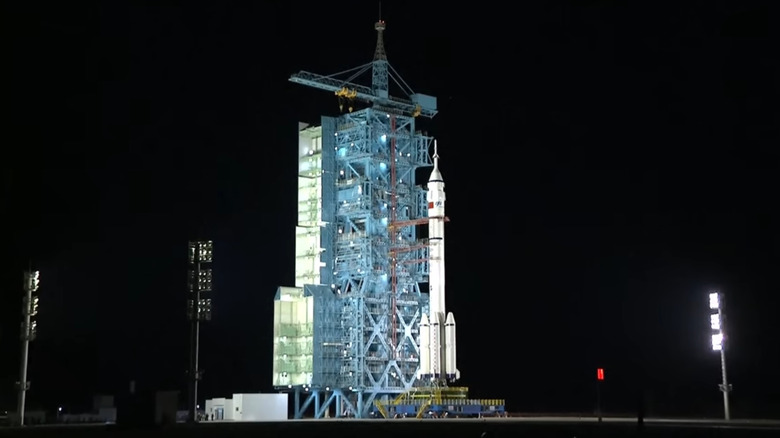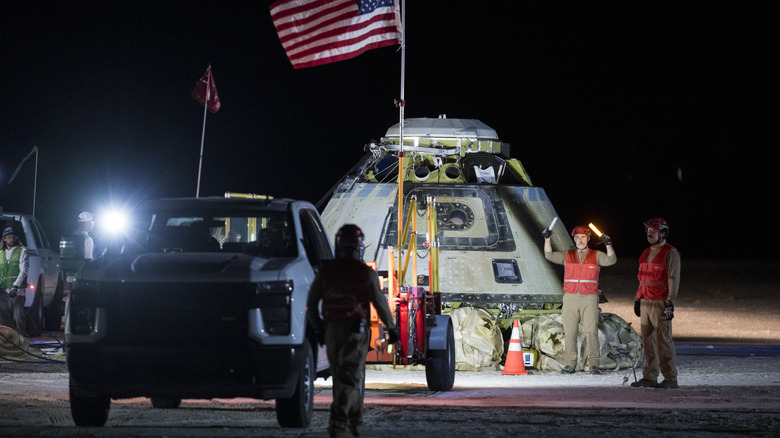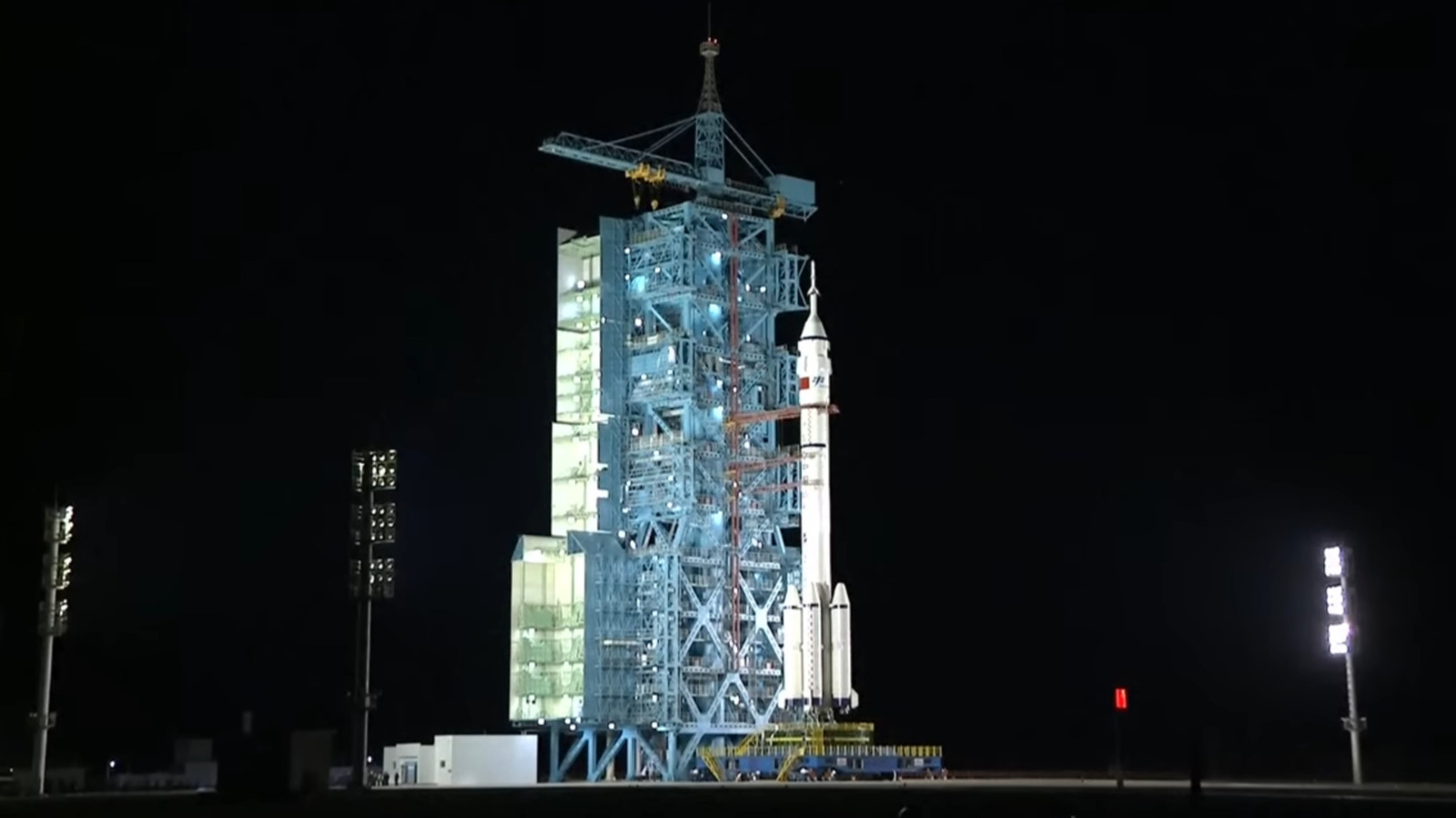
CCTV
Three taikonauts have been stranded on the Tiangong space station for the past five days. China’s space program decided to use Shenzhou-21’s return capsule to return the Shenzhou-20 crew to Earth after their spacecraft was damaged by space debris. The agency signaled through an airspace closure notice on Monday that it will launch an empty vehicle next week for the marooned SZ-21 crew on the Tiangong space station. After the lifeboat’s arrival, the crew will continue to see out their six-month stay in low Earth orbit.
A wrench was thrown in the plans of China’s space program when debris struck Shenzhou-20’s docked spacecraft earlier this month. After a crack was found in a window, the agency deemed that it was unsafe for the capsule to re-enter the atmosphere occupied less than a day before its scheduled return. According to Space.com, the launch reshuffling will see Shenzhou-22 launch empty next week instead of its slated mission in April 2026. A spokesperson for China’s Manned Space Agency told a state broadcaster, “The mission for launching the Shenzhou 22 spacecraft has been initiated, with preparations for all systems in full swing, including testing the spacecraft and rocket components and preparing the cargo.”
NASA’s strategy dealing with stranded astronauts is slighty different

Nasa/Getty Images
Unlike NASA, CMSA is always prepared with a backup spacecraft that can be quickly prepared for an impromptu emergency launch. America’s space agency had a similar dilemma last year during the Boeing Crew Flight Test. After thruster issues cropped up on the Boeing Starliner, NASA deemed it unsafe for Butch Wilmore and Suni Williams to fly it back from the International Space Station unless the faults were fixed. The eight-day mission stretched on for three months until the agency returned Starliner empty.
To accommodate the return of Wilmore and Williams, NASA delayed the SpaceX Crew-9 mission as well as benching two of the flight’s four astronauts to leave for make seats available. The September 2024 launch also included SpaceX spacesuits for Wilmore and Williams because NASA didn’t require IVA suits to be cross-compatible between different contractors in the Commercial Crew Program.
The only complication for Wilmore and Williams was that Crew-9 wasn’t returning to Earth any earlier for their predicament. After launching to the ISS in June 2024, the marooned duo wouldn’t return to Earth until March 2025. Elon Musk claimed that he offered President Joe Biden an emergency SpaceX mission to get them back sooner and that the offer was shot down for “political reasons.” However, no one at NASA heard of this so-called offer. After being directly called out on his lie, the trillion-dollar CEO threatened to crash the ISS into the ocean, a completely normal reaction for an adult.

